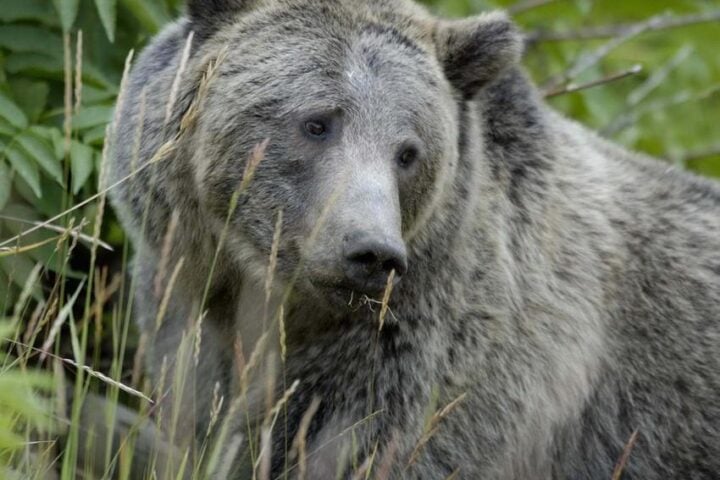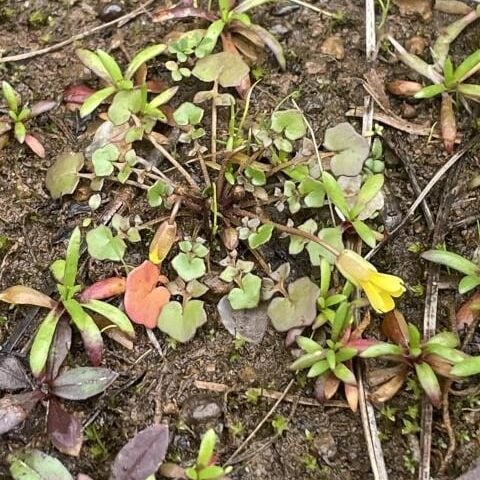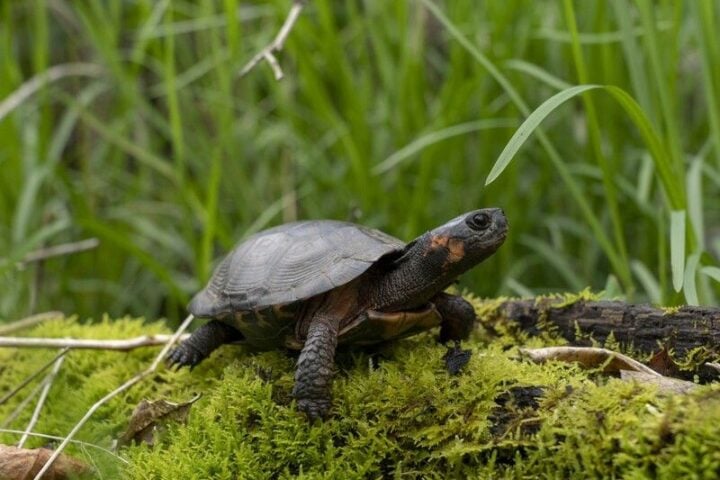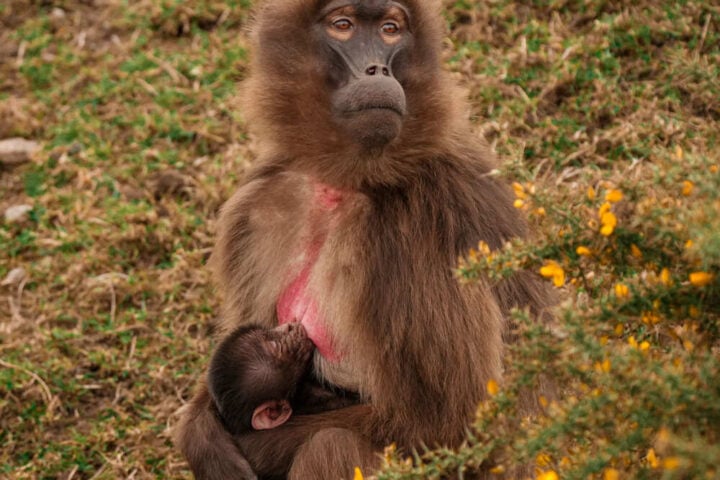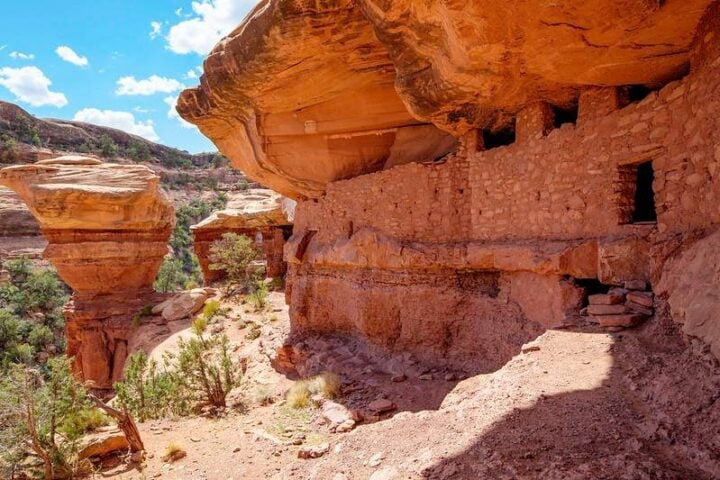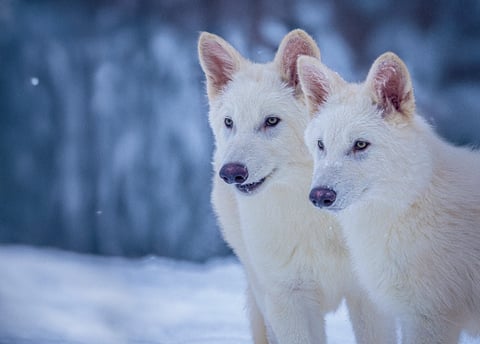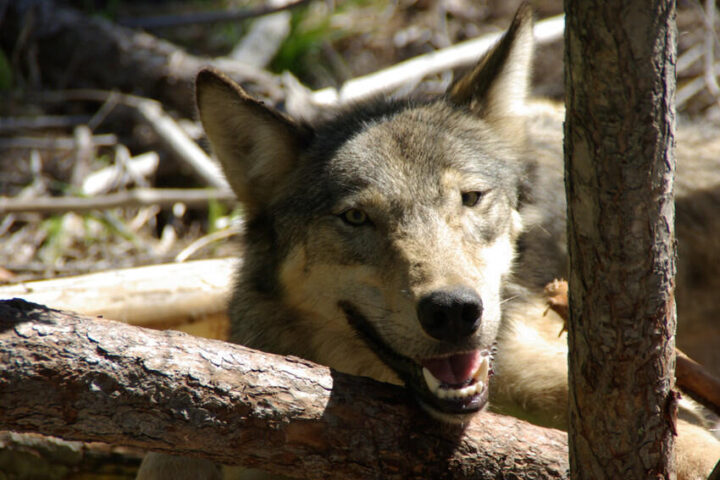Michigan’s native wild rice, known as manoomin in Ojibwe, faces a critical moment in its history. Once abundant across Michigan’s waterways, these rice beds have sharply declined since European settlement. Now, tribal communities are leading a coordinated effort to bring this essential plant back to Michigan’s waters.
“If manoomin disappears, the Anishinaabe will disappear,” says Roger LaBine, a tribal elder at Lac Vieux Desert Band of Lake Superior Chippewa. His words carry extra weight now that Michigan has designated wild rice as its official native grain in December 2023 – the first native grain designation in the United States.
The decline of wild rice stems from multiple sources. Dams altered natural water flows, as witnessed at Lac Vieux Desert, where a 1937 concrete and steel dam raised water levels and decimated local rice beds. Industrial development damaged wetlands. Climate change brought unstable weather patterns. These changes have led to the disappearance of rice beds across Michigan’s waterways.
Restoration work happens through careful, hands-on methods. At Bay Mills, Wes Parish, a tribal citizen and invasive species expert, demonstrates this approach. Following traditional practices, ricers offer sema (tobacco) to Gizhemanidoo (the creator), maintaining the sacred connection between the people and the plant. The work of seeding from canoes requires understanding precise water depths – manoomin grows best in 6 inches to 3 feet of water – and timing passed down through generations.
Similar Posts
The Michigan Wild Rice Initiative Team coordinates these revival efforts. In early 2023, more than 70 partners gathered in Roscommon to develop a comprehensive stewardship plan. “We felt that the field day was the best way to begin the workshop so that everyone had a chance to experience being in a manoomin bed and hear about what makes it so special and important,” says Frank Zomer, fisheries biologist with Bay Mills Indian Community and co-chair of the Initiative.
Traditional harvesting remains central to the process. The traditional methods protect the plants and their sensitive habitat. After harvest, the ancient finishing process begins: drying the rice on plastic tarps or birch bark mats, parching it in cast iron kettles, hulling it through careful treading, and winnowing away the chaff. These practices help maintain healthy rice beds for future generations.
Environmental conditions play a crucial role. Recent research by GLIFWC’s Climate Change Team has identified manoomin as the most vulnerable plant to climate change impacts, facing threats from severe storms and mild winters. The plant requires flowing water and clear conditions, making it susceptible to pollution and water level changes.

For Michigan’s Native nations, this work connects directly to their history. Wild rice guided the Anishinaabe people – the Ojibwe, Odawa, and Potawatomi – to the Great Lakes region, fulfilling a prophecy to find “the food that grows on water.” Today’s restoration efforts aim to preserve both this cultural heritage and the ecological benefits wild rice brings to Michigan’s waters.
The new statewide plan, expected to be finalized in 2024, marks an important step forward. While individual tribes have worked to protect wild rice in their areas, this collaborative approach brings together various groups under the principle of “Ganawenindiwag Manoomin Anishinaabeg” – “The Rice and the People take care of each other.” By combining traditional knowledge with environmental protection, these initiatives work to secure the future of Michigan’s wild rice, addressing concerns about commercialization while recognizing that California has become the world’s largest commercial producer of wild rice.
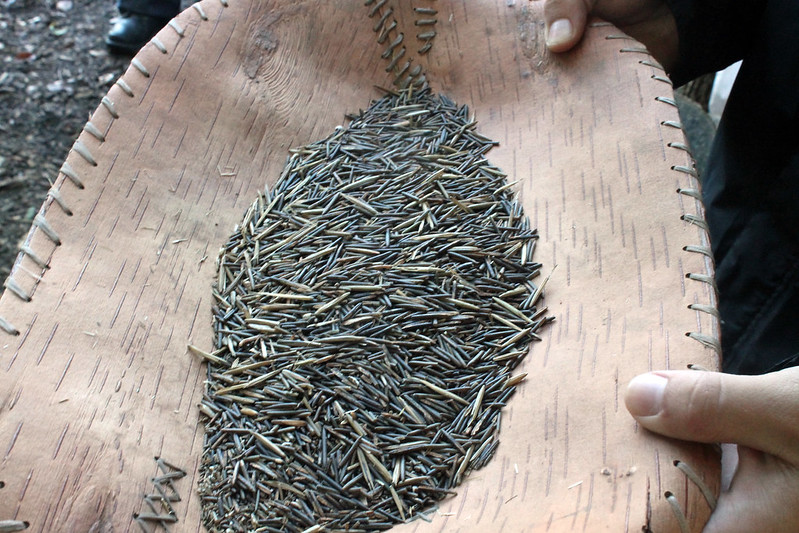
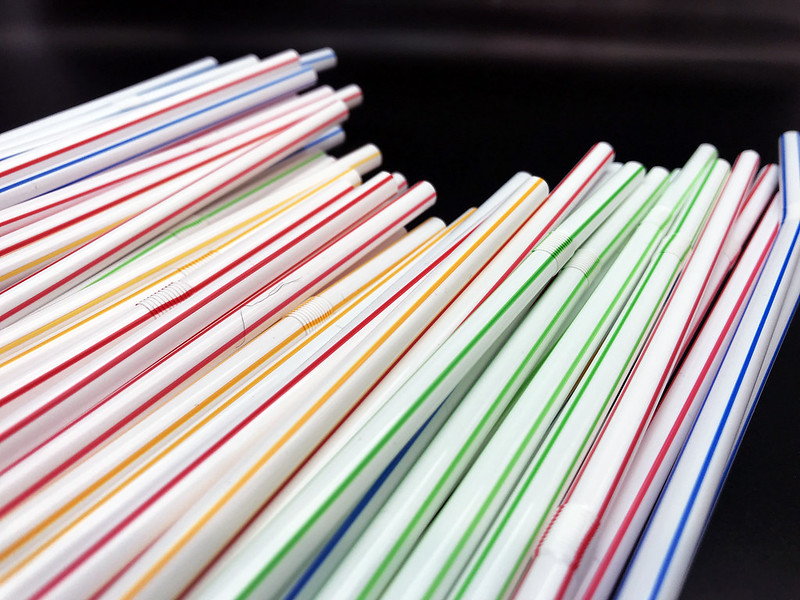

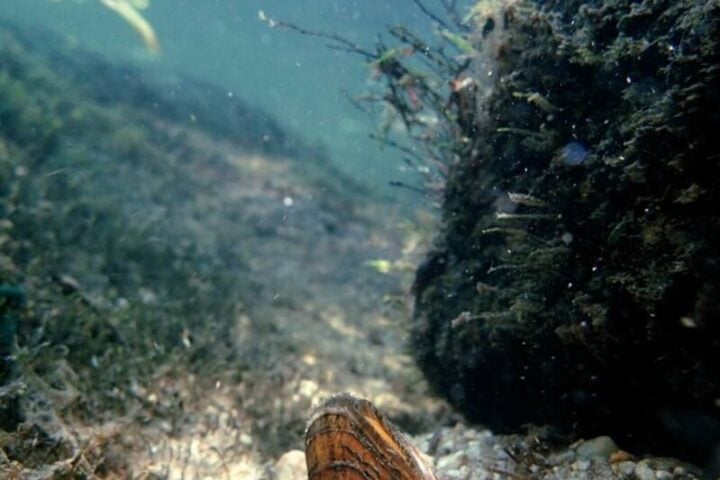
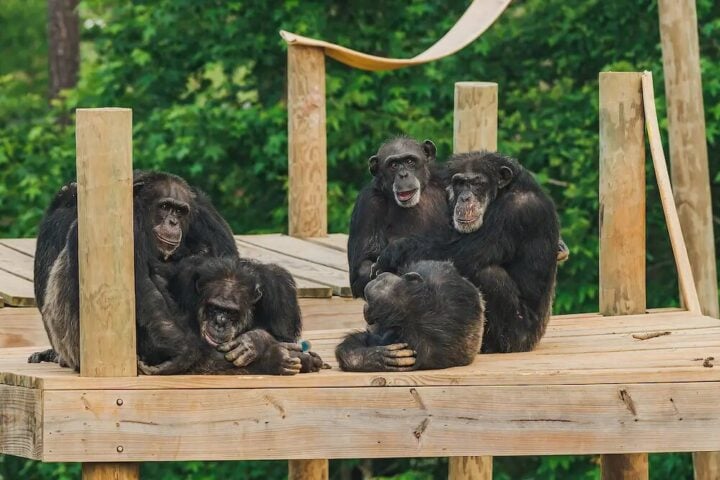

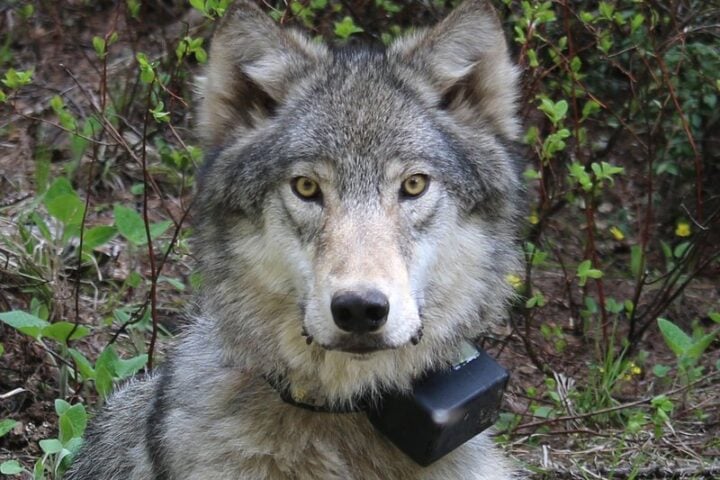

![Representative Image: European Starling [49/366]. Photo Source: Tim Sackton (CC BY-SA 2.0)](https://www.karmactive.com/wp-content/uploads/2025/04/Starlings-Drop-82-in-UK-Gardens-as-Birdwatch-2025-Reveals-Record-Low-Count-Since-1979-720x480.jpg)
